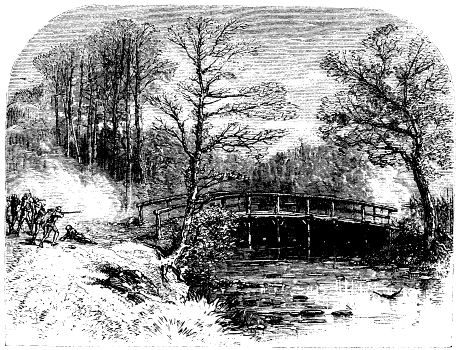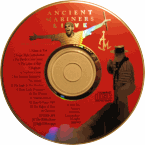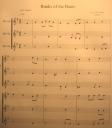 history
history
The Sounds of Freedom
How poetic is it that the first steps towards independence in America happened at a bridge? Standing on one bank the colonists were subjects to a distant king. Fighting their way across the bridge they took their first steps on the shores of freedom. The bridge I speak of is the North Bridge in Concord, MA.

On the morning of April 19th, 1775 men from Concord and many surrounding towns gathered on Punkatasset Hill to discuss the movement of British troops. Upon seeing a column of smoke rise from the town, and naturally assuming the Regulars were setting their homes ablaze, they “resolved to march to the middle of the town to defend their homes, or die in the attempt.”[1]
The common belief is that, led by the fifes and drums, the men marched towards the North Bridge, which arched the river between them and the good folk of Concord, to oppose the tyranny before them. What was running through their minds as the beat of the drums steadily marched them towards their great foe in red? The moment must have been surreal and the future so dizzyingly uncertain. It amazes me that, at the brink of certain conflict, music was played at all.
What they played on those fifes and drums, as well as the story in general, is the subject of some debate. The surviving tradition, historically correct or not, is to play The White Cockade, which was a “traditional Scottish tune that celebrated the attempt by Bonnie Prince Charlie to reclaim the throne of Britain for the House of Stuart.” [2] If the story is true, playing the White Cockade represents a “bold taunt of defiance” according to historian D. Michael Ryan.
The fact is, it is not really clear if they played the White Cockade or any tune. There was no mention of the tune being played on that day until 1835. A hundred years after the battle the story was further promoted with a well known article from Harper’s new Monthly Magazine called The Concord Fight.
Regardless of the historical details it is, nevertheless, moving to hear the drums and fifes slicing through the fresh April air every spring on the morning of the 19th as they march down the dusty road towards freedom playing The White Cockade.



